#Walls of Benin
Explore tagged Tumblr posts
Text
The Historical Significance of the Benin Moat in Nigeria's Edo State
The Benin Moat, also known as the Walls of Benin, holds a significant place in history as a remarkable feat of ancient engineering and a symbol of defense for Benin City in Nigeria’s Edo State. Dating back to around 800 AD and continuing to 1460 AD, these massive earthworks were constructed through extensive manual labor and earth repurposing, forming a structure of immense historical and…

View On WordPress
#African architecture#African History#Benin Iya#Benin Moat#Walls of Benin#West African#West African history
12 notes
·
View notes
Photo

The Floating Village of Ganvie: A Model for Socio-Ecological Urbanism - ArchDaily The Floating Village of Ganvie: A Model for Socio-Ecological Urbanism ArchDaily https://www.archdaily.com/1000658/the-floating-village-of-ganvie-a-model-for-socio-ecological-urbanism
0 notes
Text
Source: TikTok

558 notes
·
View notes
Text
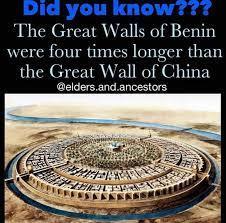
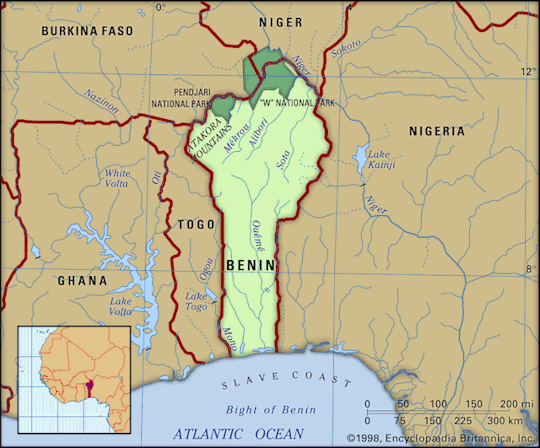

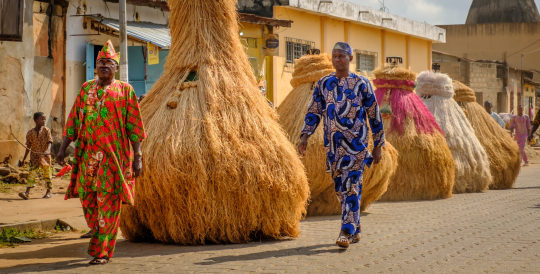
THE GREAT WALL OF BENIN - 1400 AD
The Guinness Book of Records (1974 edition) described the walls of Benin City and its surrounding kingdom as the world’s largest earth works carried out. Benin City walls were at one point "Four times longer than the Great Wall of China, and consumed a hundred times more material than the Great Pyramid of Cheops
For over 400 years the Walls existed, it protected the inhabitants of the kingdom, particularly, the traditions and civilisations of the Edo people until it was ravaged in 1897 by the British.
The walls which are four times longer than the Great Wall of China, are a combination of strong materials like ramparts and moats, which predated the use of modern earth-moving equipment and technology, and were used for defensive purposes.
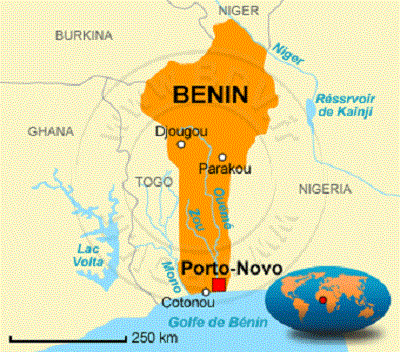
#african#afrakan#kemetic dreams#africans#brown skin#fitness#afrakans#brownskin#african culture#afrakan spirituality#benin city#benin#great pyramid of cheops#british#great wall of china#technology#edo#edo people#edo ethnic group#1897
46 notes
·
View notes
Text

#cotonou#photography#quotes#jeuneesthete#africa#benin#life#beninrepublic#romao#iamromao#woods#wooden#will wood#wall#tiles#architecture#creative#graphic design#design#graphic art#color#lover#achitecture#autumns glory#love#summer vibes#visual#vintage#visual art#video games
3 notes
·
View notes
Text

Great Walls of Benin - Benin City, Edo, Nigeria - Destroyed 1897 - Ellen Harvey
"The Great Walls of Benin were a series of more than 500 interconnected earth walls (Edo: Lya) in the area around present-day Benin City. They extended for some 16,000 km in all, took an estimated 150 million hours of digging to construct and were perhaps the largest single manmade site on the planet. The date of their construction is unknown, with estimates ranging from the first millennium to the 15th century. The Walls were ravaged by the British in 1897 in the “Punitive Expedition” led by Rear-Admiral Harry Rawson in retaliation for the so-called “Benin Massacre” (a surprise attack on British forces attempting to capture Benin City.) Much of the art looted at the time is still on display at the British Museum. Scattered remains of the Walls exist today, although many are being torn down to make space for real estate development.
"I was born and raised in southern Nigeria in a town called Warri, Bendel State; the capital was Benin City. I always knew about the Benin people and culture as I had family, friends, classmates, and neighbors who were from the Benin tribe. I was even more fascinated by the Benin tradition, kingdom, people, and history while at the Benson Idahosa University in Benin City. As part of my study at, I took a course called Nigerian People and Culture and I was completely stunned by the history I was surrounded by. I had walked past ruins, heard parables, tales, etc. not understanding their history. The Great Benin Walls were a masterpiece that cannot be forgotten, their history can be seen even to this day in its ruins. I hope everyone appreciates the history and ingenuity that went into building a structure we can now appreciate." Tamara U.
Source: View Paintings — The Disappointed Tourist https://www.disappointedtourist.org/view-paintings
42 notes
·
View notes
Text
I will never be over the destruction of the Benin wall in Nigeria. Never!
2 notes
·
View notes
Text
Federal light sharp two bedroom house visit website for rent with pop interior ceiling decor all round wide big sitting room spacious kitchen cute apartment located at ozouba by rumuaparali axis in port Harcourt city rivers state Nigeria.
#rivers state#abuja#vietnam#wike#nysc#bangladesh#lagos#nigeria#youtube#portharcourt#gataka#best marketing course#fairland#cubao#sabaki#ngong#shortusernames#wall paper#David Hundeyin#Fuel#fuelscarcity#BBNXIndomieFlavors#Renewed Hope#iphone xr#benin#rema#ShaunOkojie
1 note
·
View note
Text
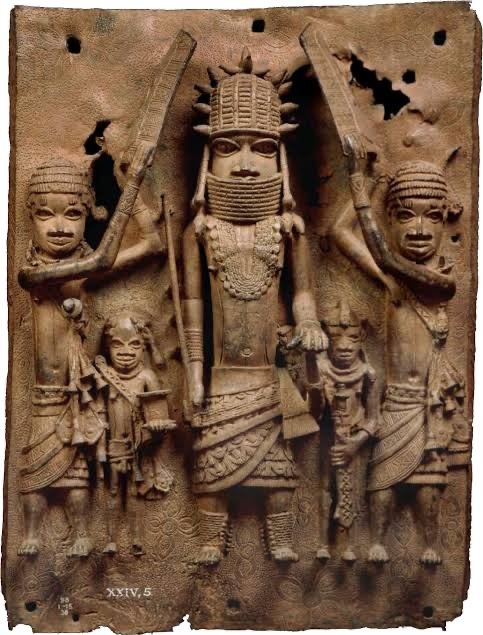



Black history is not slavery
Slavery is not the only history of black Black history goes deeper than slave trade
This is a message for my black brothers and sisters
Today I will be talking about the people of benin
The historical kingdom of Benin was established in the forested region of West Africa in the 1200s C.E. According to history, the Edo people of southern Nigeria founded Benin. They no longer wanted to be ruled by their kings, known as the ogisos. They asked a prince from Ife, an important West African kingdom, to take control. The first oba, or king, in Benin was Eweka. He was the son of the prince from Ife.The kingdom reached its greatest power and size under Oba Ewuare the Great. He expanded the kingdom and improved the capital, present-day Benin City; the city was defined by massive walls. The height of power for Benin’s monarchs began during this period. To honor the powerful obas, the people of Benin participated in many rituals that expressed their devotion and loyalty, including human sacrifices.Artists of the Benin Kingdom were well known for working in many materials, particularly brass, wood, and ivory. They were famous for their bas-relief sculptures, particularly plaques, and life-size head sculptures. The plaques typically portrayed historical events, and the heads were often naturalistic and life size. Artisans also carved many different ivory objects, including masks and, for their European trade partners, salt cellars.The success of Benin was fueled by its lively trade. Tradesmen and artisans from Benin developed relationships with the Portuguese, who sought after the kingdom’s artwork, gold, ivory, and pepper. In the early modern era, Benin was also heavily involved in the West African slave trade. They would capture men, women, and children from rival peoples and sell them into slavery to European and American buyers. This trade provided a significant source of wealth for the kingdom.Benin began to lose power during the 1800s, as royal family members fought for power and control of the throne. Civil wars broke out, dealing a significant blow to both Benin’s administration as well as its economy. In its weakened state, Benin struggled to resist foreign interference in its trading network, particularly by the British. A desire for control over West African trade and territory ultimately led to a British invasion of Benin in 1897. Benin City was burned by the British, who then made the kingdom part of British Nigeria (which became Nigeria after the country gained independence in 1960). After that time, the kingdom no longer played a governing role in West Africa. However, even today, the oba still serves in Benin City as a government advisor.
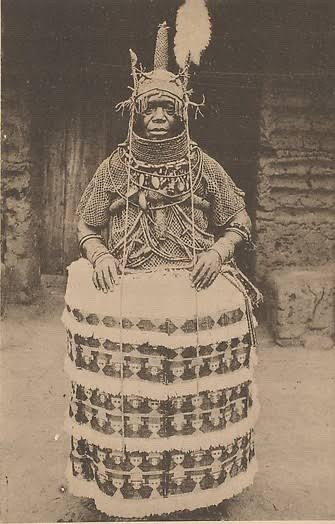
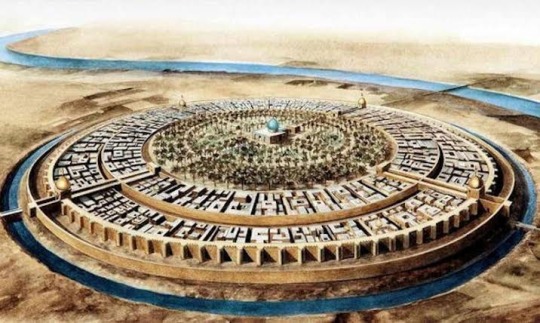
#life#culture#black history#history#blm blacklivesmatter#aesthetic#generations from exile tribe#genshin fanart#sculpture#nigeria#heritage#transgender#traditional media
741 notes
·
View notes
Text
The Lost Marvel of West Africa- Benin City's Record-Breaking Walls
#archeology #westafrica #ancienthistory #beninempire #lostcity #GuinnessWorldRecord
38 notes
·
View notes
Text
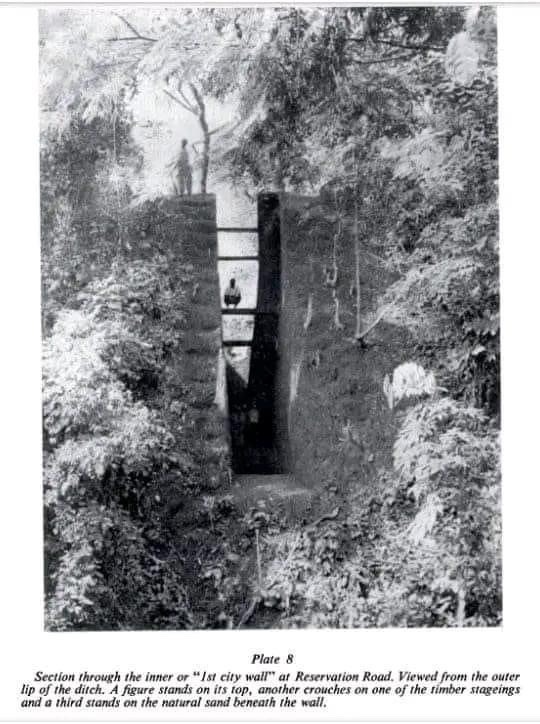
The Walls of Benin, one of Africa's ancient architectural marvels, were destroyed by the British in 1897 during what has become known as the Punitive Expedition. This shocking act destroyed more than a thousand years of Benin history and some of the earliest evidence of rich African civilisations.
The walls were constructed between 800-1400 AD and when completed they have considered the world's largest earthworks carried out before the mechanical era. The walls were originally built to enclose the royal precinct of the King or “Oba” from the surrounding area. They were significant and on top of being artwork were constructed to play various roles such as protecting the people in the village from outsiders.
The walls are a testament to the development of urbanization and the upswing of state societies in Sub-Saharan Africa, a period of growth that lasted from the 7th century to the 14th century. The Edo people of Benin have always been revered as trailblazers and skilled workers who were also noted to have created magnificent bronze sculptures, ivory and wood carvings amongst others from as early as the 7th century. Their creations were so spectacular that they were looted mainly by the British and even after lots of resistance, they are still displayed in museums across Europe and America.
This is considered the only photo of the wall..
37 notes
·
View notes
Text
the end of iron flame has me in so much pain. first off, you've got xaden's massive secret, which is insane, and then him turning Benin. which is also insane. I know thats like bad and all but I really can't fault him for doing that, honestly a really respectable choice. also I am balls to the wall crazy about whatever the fuck andarna is.
72 notes
·
View notes
Photo

InterContinental Lisbon Named one of Best Workplaces - eTurboNews | eTN InterContinental Lisbon Named one of Best Workplaces eTurboNews | eTN https://eturbonews.com/intercontinental-lisbon-named-one-of-best-workplaces/
0 notes
Photo

THE ANCIENT GREAT BENIN EMPIRE
The Benin Kingdom was a flourishing ancient city situated in modern day Nigeria. During pre colonial era, Benin was one of the many highly developed cultures in Africa. This kingdom got its start up around 900 CE when Edo people settled in the tropical rainforest of West Africa.
The walls of Benin City and its surrounding kingdom was the world’s largest earthworks carried out prior to the mechanical era, and was featured in the Genius Book Of Word Record. Benin City was also one of the first cities to have a semblance of street lighting. Huge metal lamps, many feet high, were built and placed around the city, especially near the king’s palace. Fuelled by palm oil, their burning wicks were lit at night to provide illumination for traffic to and from the palace. When the Portuguese first visited the city in 1485, they were stunned to find this vast kingdom made of hundreds of interlocked cities and villages, calling it "Great city of Benin".
380 notes
·
View notes
Text
Visit the original article to click through to the entire list - PASS IT ON
Lesson 1: Kemet
Ancient Egyptians called their land "Kemet"--or Black Land. The first person to practice medicine was from Kemet, along with the first dentist! 29 Black History Facts You Probably Didn't Learn at School: Lesson 1 01:10
Lesson 2: Shotgun homes and front porches
The shotgun home and front porch design originated in West Africa in what is now Nigeria. 29 Black History Facts You Probably Didn't Learn at School: Lesson 2 01:07
Lesson 3: Walls of Benin
The Walls of Benin were four times longer than the Great Wall of China. So, what happened to them? 29 Black History Facts You Probably Didn't Learn at School: Lesson 3 01:10
Lesson 4: University of Sankore
One of the first universities in the world was located in Mali. 29 Black History Facts You Probably Didn't Learn at School: Lesson 4 01:07
Lesson 5: 1526
The year 1619 is known as the year that Blacks were first enslaved in America. What about the year 1526? 29 Black History Facts You Probably Didn't Learn at School: Lesson 5 01:10
Lesson 6: Freedom by any means
How braided hair, Gospel music, and drums played a role in the liberation of Blacks. 29 Black History Facts You Probably Didn't Learn at School: Lesson 6 01:06
Lesson 7: Benjamin Banneker
Meet the man who helped design Washington, D.C., and that's not all. 29 Black History Facts You Probably Didn't Learn at School: Lesson 7 01:07
Lesson 8: Queen Nanny of the Maroons
She was like Harriet Tubman, but she freed slaves someplace else. 29 Black History Facts You Probably Didn't Learn at School: Lesson 8 01:05
Lesson 9: Henry "Box" Brown
Learn more about how Henry Brown got his nickname. It's incredible. 29 Black History Facts You Probably Didn't Learn at School: Lesson 9 01:10
Lesson 10: Henrietta Bowers
Learn how this undertaker used her background to free Black slaves. 29 Black History Facts You Probably Didn't Learn at School: Lesson 10 01:06
Lesson 11: John Berry Meachum
Learn more about the "Floating Freedom School" and why Meachum had to put it on a boat. 29 Black History Facts You Probably Didn't Learn at School: Lesson 11 01:04
Lesson 12: Lewis Latimer
How Louis Latimer made one of Thomas Edison's famous inventions better. 29 Black History Facts You Probably Didn't Learn at School: Lesson 12 01:00
Lesson 13: Granville T. Woods
How modern wireless technology can be traced back to Granville Woods in the 1800s. 29 Black History Facts You Probably Didn't Learn at School: Lesson 13 01:06
Lesson 14: Oscar Micheaux
The man who paved the way for today's great Black filmmakers. 29 Black History Facts You Probably Didn't Learn at School: Lesson 14 01:02
Lesson 15: Marie Van Brittan Brown
Those Ring cameras are everywhere. It basically started with Marie Van Brittan Brown's invention in the 1960s. 29 Black History Facts You Probably Didn't Learn at School: Lesson 15 01:02
41 notes
·
View notes
Text
Sorry to bring this up again, but here we go.
This poem just came out. From a poetic side, it is brilliant. Perfect flow and construction, great imagery, excellent at showing and not telling. But is it factually accurate? No. No, it is not. And that's where we need to start caring.
There's a lot of excuses that art is just art and we can take liberties with it. But we're taking away the accomplishments of entire groups of people when we do stuff like this.
So, were the Olmec Africans? Were they Black? Cutting edge, modern pedagogy and research says NO.
This is the whole "Cleopatra was Black" thing again. We can't erase brown people from the history books. Just as not all history was white, not all history was black. There are indigenous, Asian, Middle Eastern, etc. people and we need to stop erasing their existence. We need to stop falsely attributing their accomplishments to people of other races and committing the same ideological frauds that early colonizers did when they said that great cities were made by white people and not the local inhabitants.
Ancient Black people accomplished great things. The Benin bronzes are amazing constructions. Ancient Middle Eastern people gave us written language for the first time. Stonehenge is a brilliant construction. The Terra Cotta army, the Great Wall of China, are amazing. And each belong to the people who built them and SHOULD NEVER be attributed to people who did not. These are items of culture, cultural heritage, and cultural property. They are not things to brainstorm over, falsely attribute, and create art with that spreads false information and lies.
61 notes
·
View notes